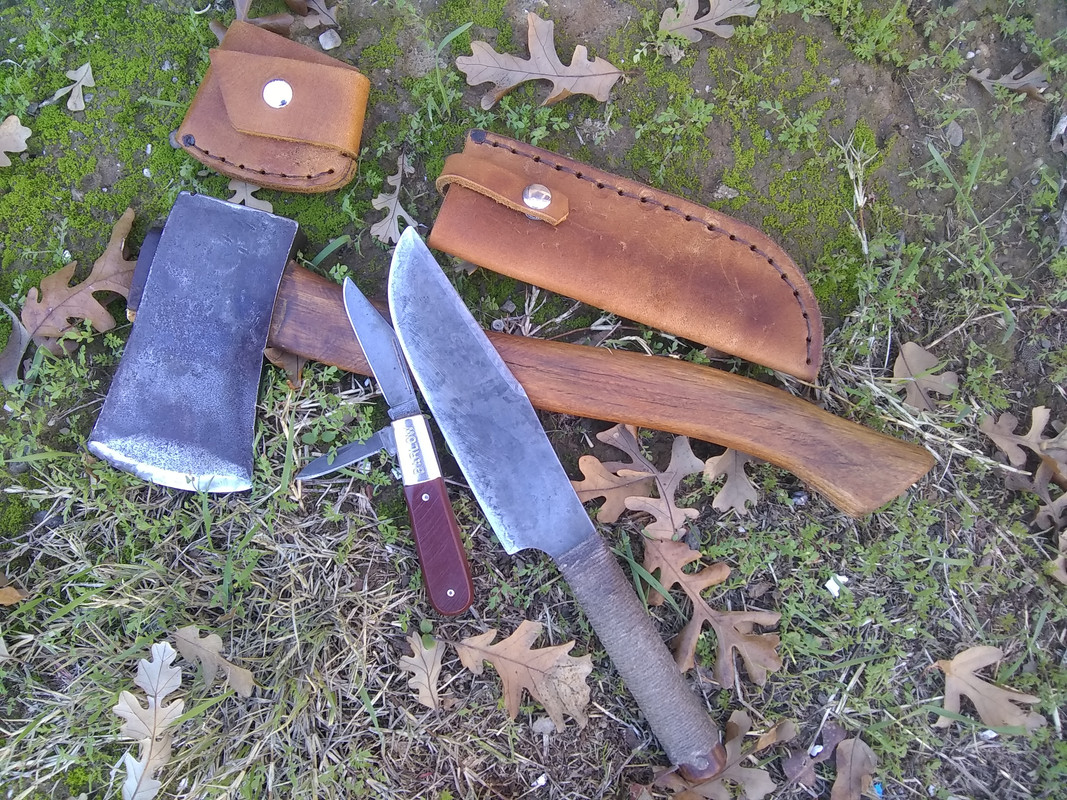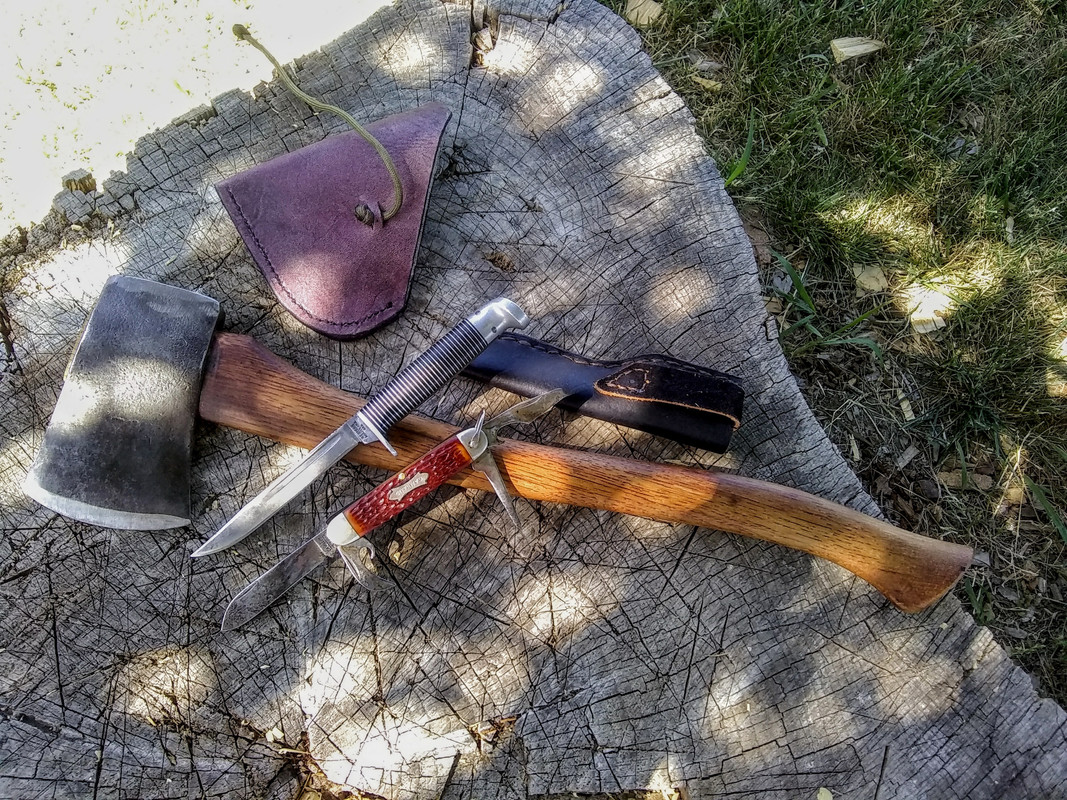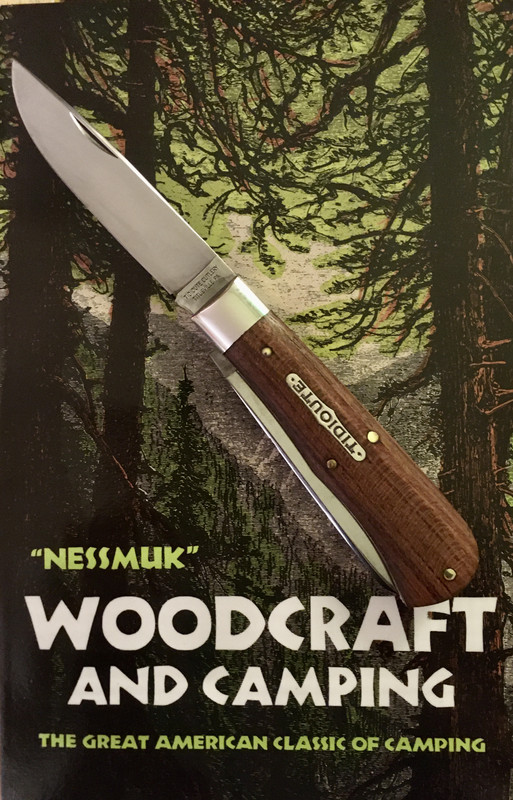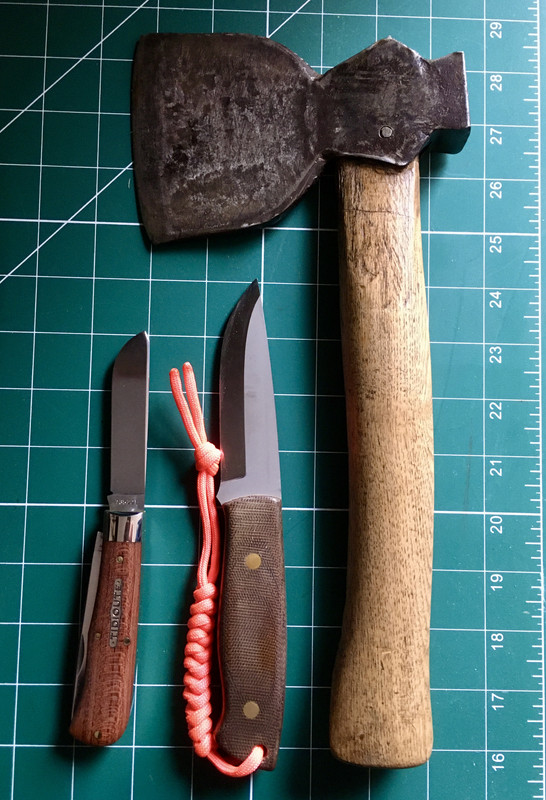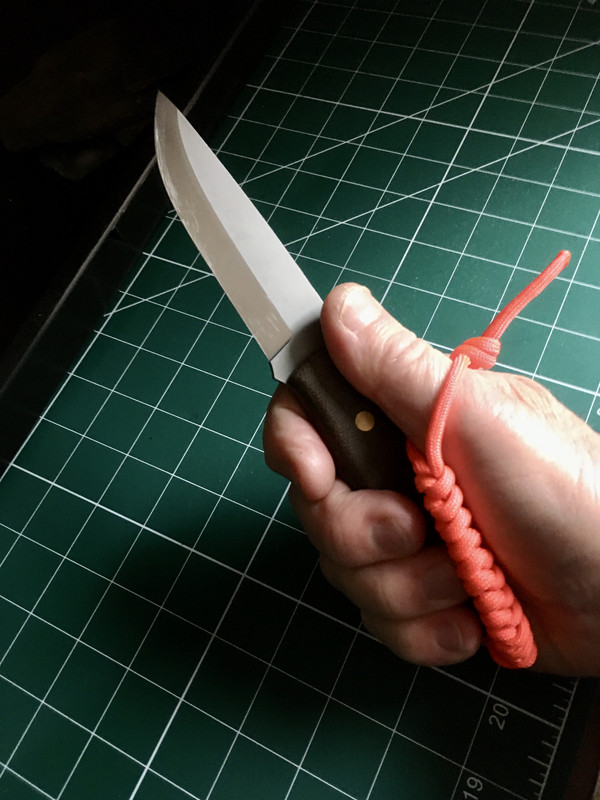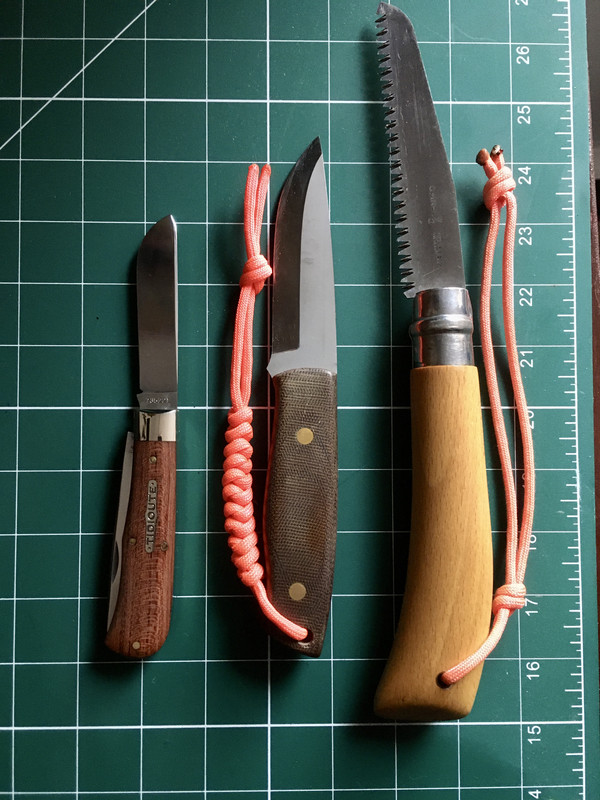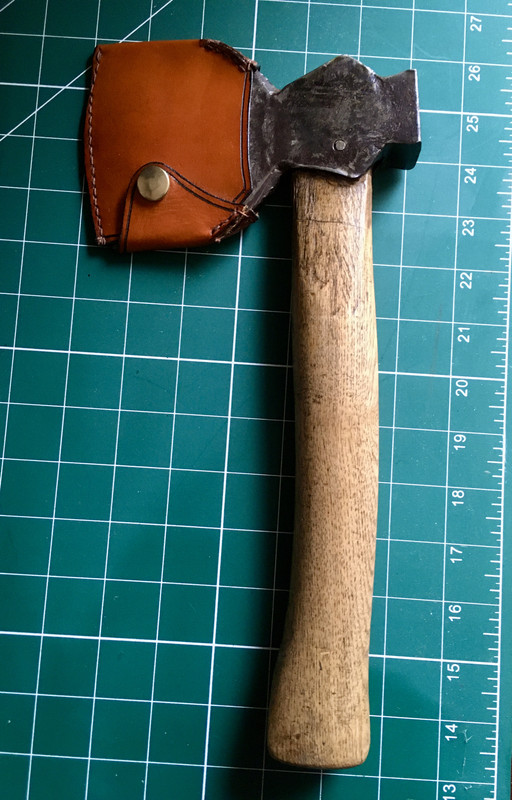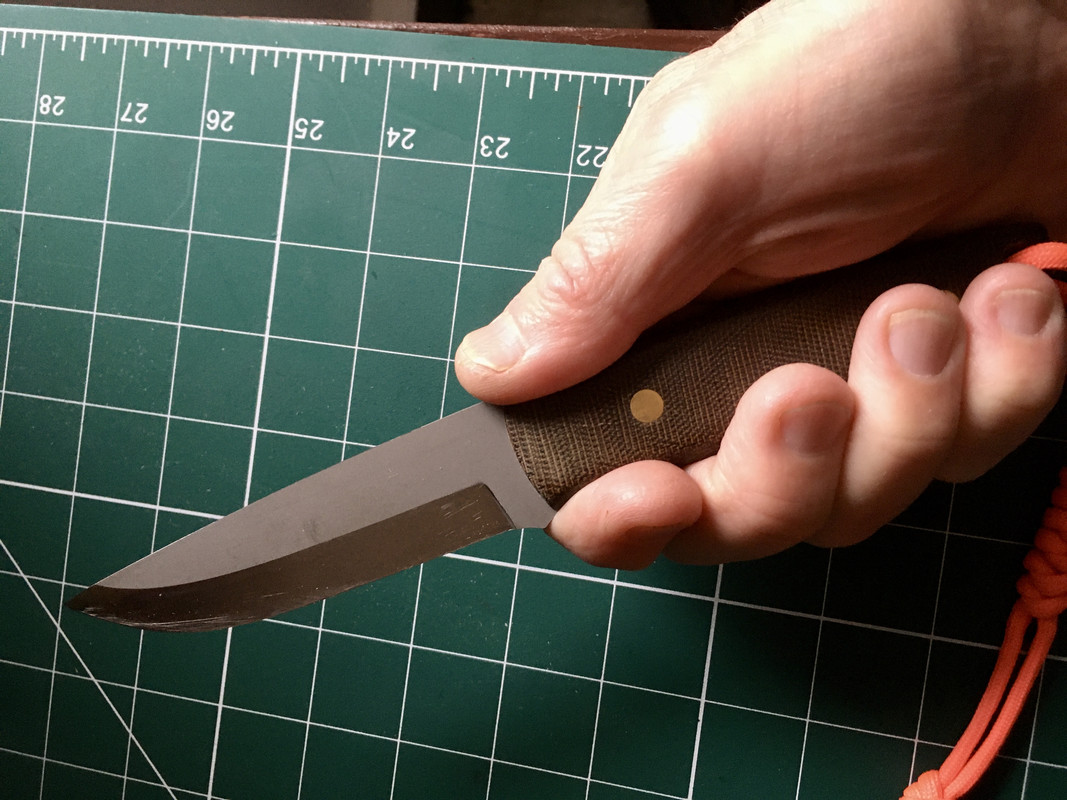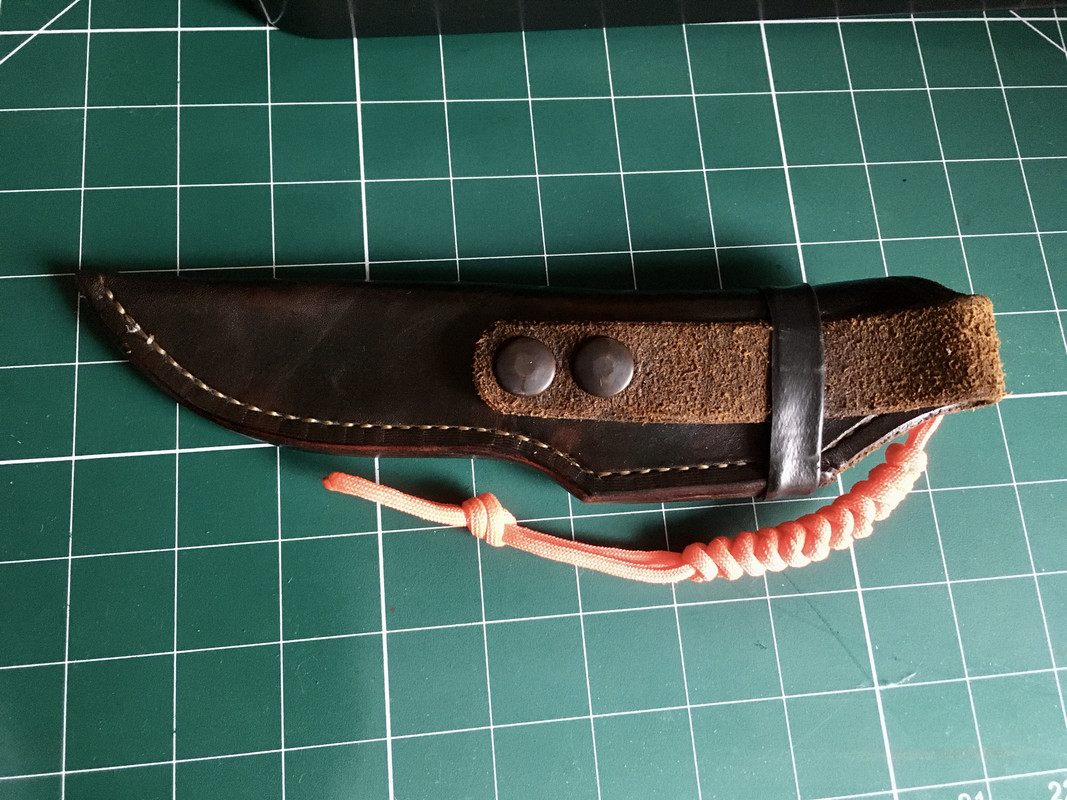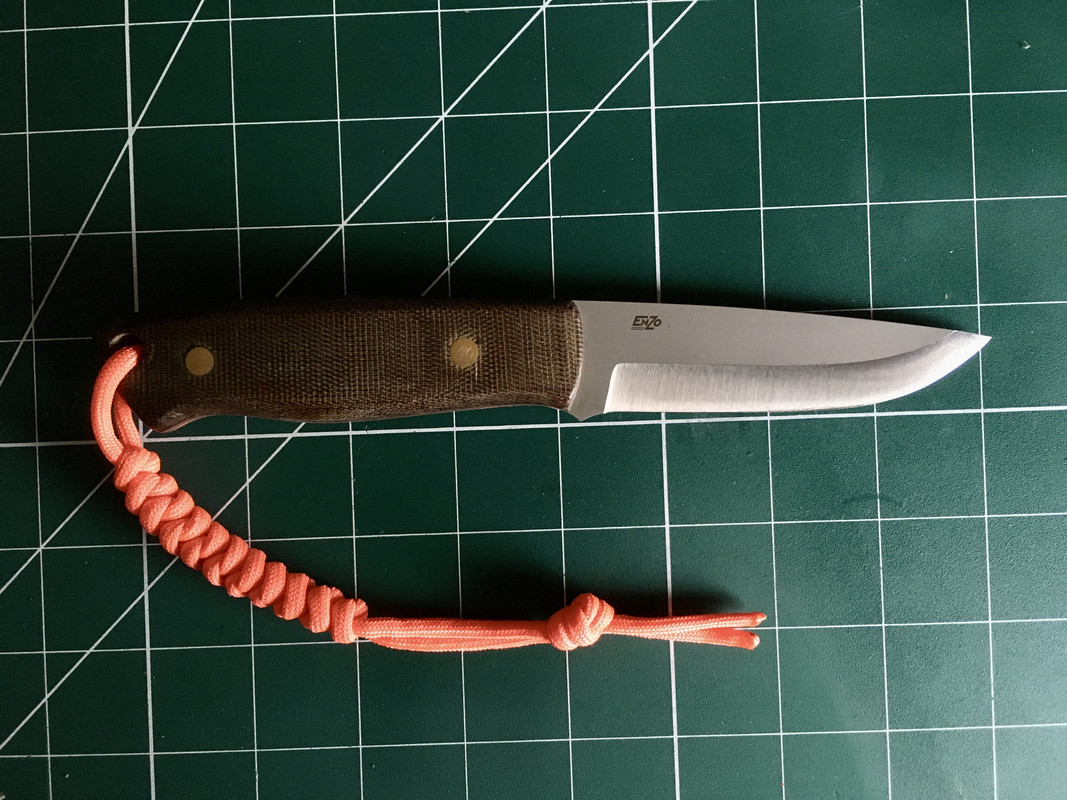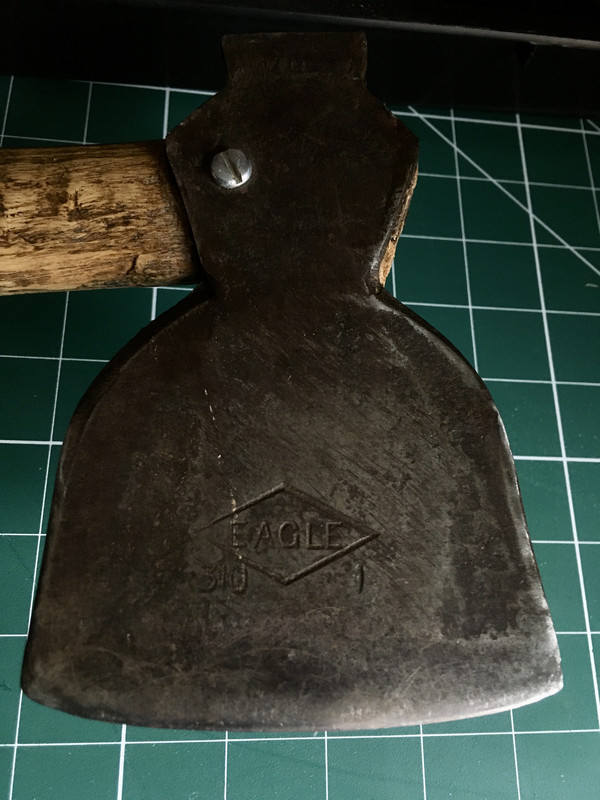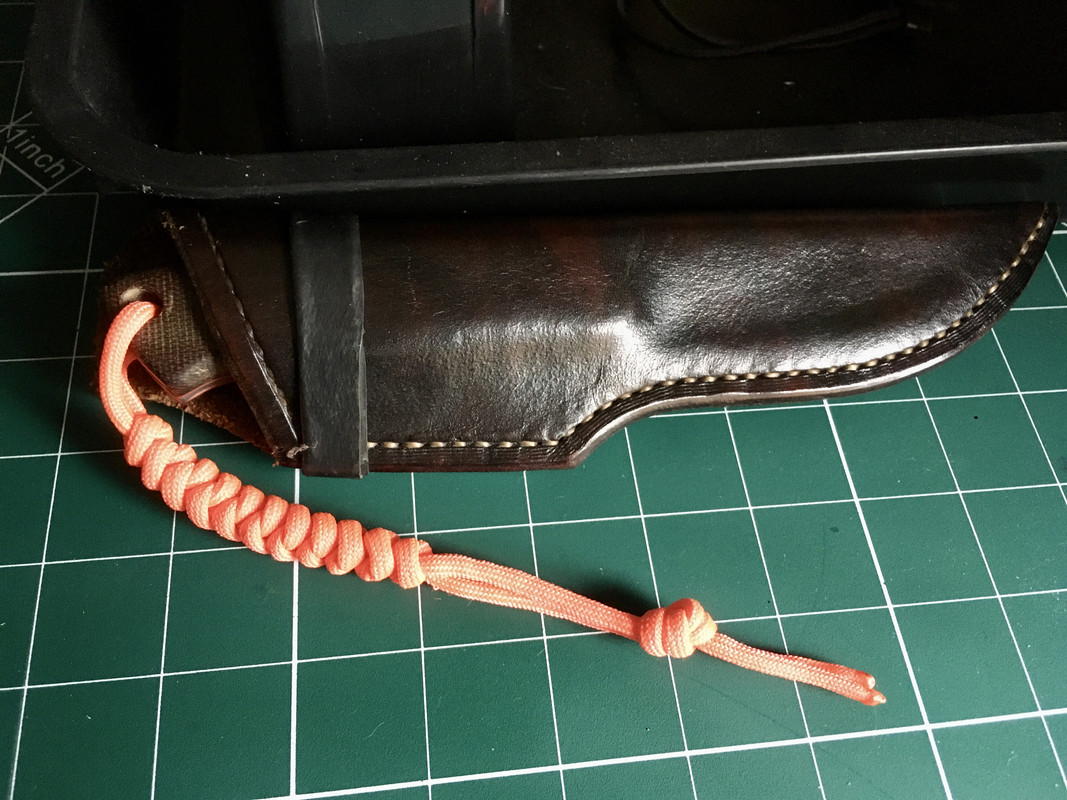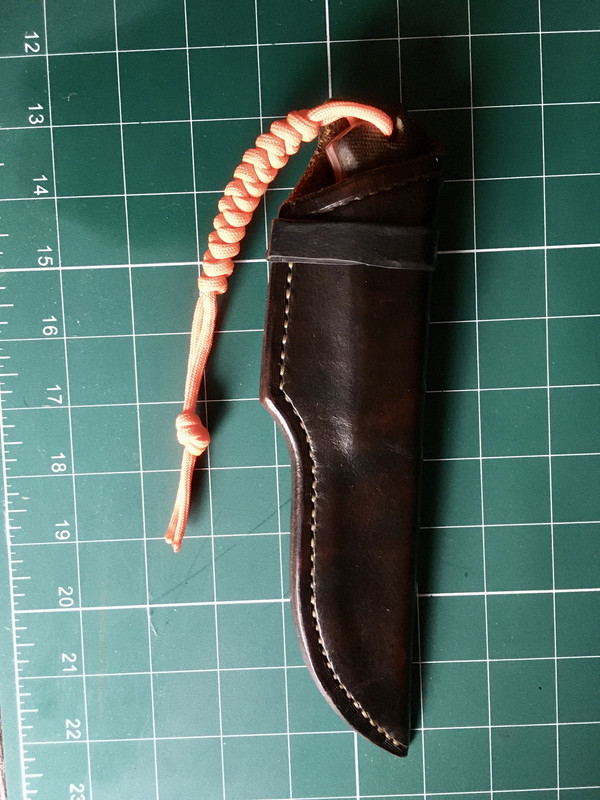Thank you all for contributing your thoughts, your own "Nessmuk trios", and your interest. I'm still decompressing a bit from my trip and I will post some pictures and more in depth thoughts in the coming days. In the meantime though, I will share some initial impressions:
- High desert offers less opportunities for woodcraft than I expected, despite there being kind of a "forest" there. Lots of sagebrush and ponderosa pine - not much else...
- The Nessmuk style knife is good for exactly what George wrote about - eating, skinning, and cutting meat (no skinning involved this trip but plenty of eating and meat cutting)
- With the axe and belt knife (and a host of other knives at this particular gathering), there was little opportunity to use the pocket knife
Ultimately, I will need to expand on my exploration. Being at home offers plenty of opportunities - I live in a rural area, and have ready access to a lot of outdoor areas in general. More to come on this, I promise.
As for my Nessmuk trio, I'd have to break some rules and replace the Moose with a Victorinox Farmer or Huntsman. Modern day classics that, I tell myself, Nessmuk or Kephart would use if they had been available.

It is interesting to theorize what tools these fellas might have written about had they the opportunity in their time. I came across a blog post from an author who writes about this very idea.
Edited to add: If you ever get the chance to visit the Adirondack Museum on Blue Mountain Lake, NY, there's a great exhibit on Nessmuk. They display many of his belongings, including his canoes, and I believe his trio, or a facsimile of it.
I would very much love to see that, Gary. Next time I am over in that neck of the woods, I will need to make that a priority.
I've always been wary of a double bit axe and double bit short axe. Long ago I was with my Dad and two of his cousins when the cousins were splitting wood for a wood fired cook stove. Instead of a splitting maul they had a double bit axe. Their method for splitting was to stand a piece of wood on a chopping block (a two foot tall piece of log) and split the piece of wood with the axe. Well, one cousin placed a piece of wood on the chopping block and then made a full swing with the axe. The blade did not strike true and the axe handle at the axe head hit the piece of wood and bounced back and hit the cousin in the forehead. He wore that scar until they placed him in the ground and on through eternity as far as I know.
Looking forward to your adventure Dylan. Perhaps a hard hat may be in order.

 Modoc ED
Modoc ED
, I always had the same fear (to some extent).
Perhaps part of the reason I moved it along to another forum member a few years ago who was looking for this specific ax.
I did have Lee make a leather guard for the edge that was not being employed...and which could be affixed with a leather thong. That helped minimize, but not completely remove, any danger.
I suppose one could just as well smack themselves with the poll of an axe in a similar situation. I would not relish getting hit by either poll or edge. Personally, I think a double bit axe to be a handier tool out in the field, whether it to be for the purposes laid out by Nessmuk or simply because being abroad might warrant the versatility a double bit affords. I'd much rather use a good single bit axe for processing wood at the homestead though.
I'm not much of a woodsman or anything but I have great interest, and to me a quartet makes much more sense these days because small folding saws are so useful and readily available.
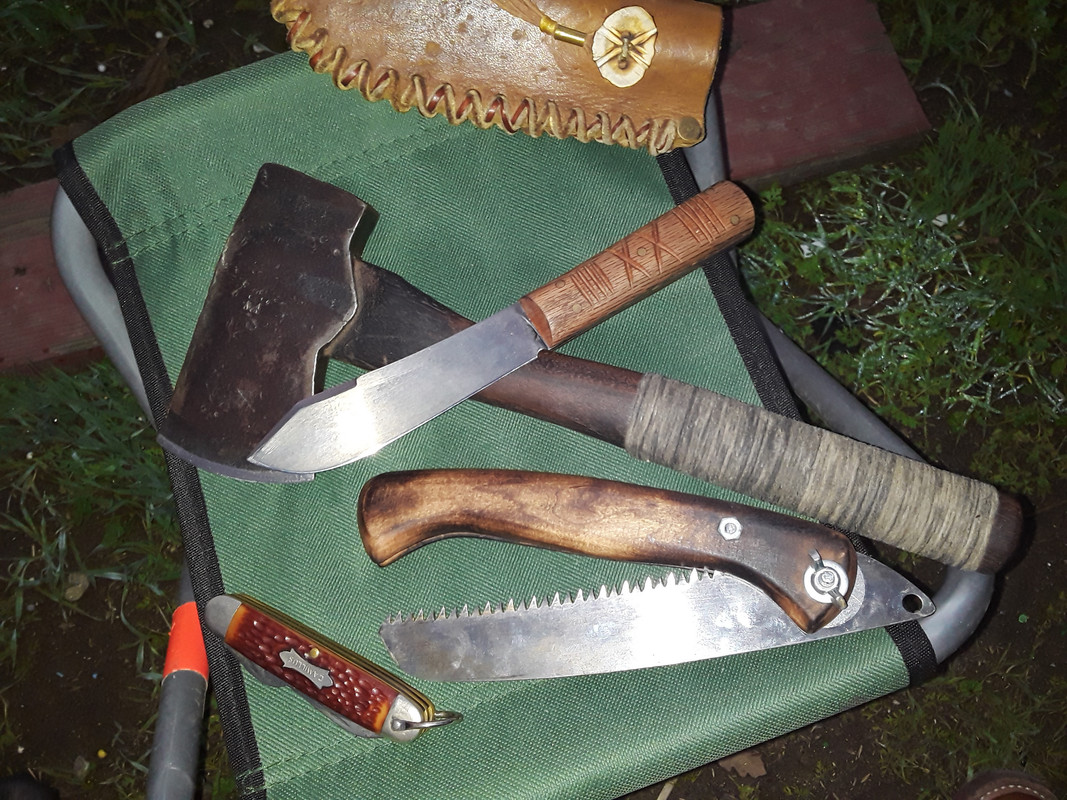
For a belt axe I have a double bit option and understand it's benefits, but I like this J yerkes belt axe which is very true to the period having been forged in 1864.
I just like thinking that perhaps he crossed paths with a fellow outdoorsman who was carrying this very tool on their belt.
The belt knife is a green river which is self explanatory.
I chose a scout for the pocket knife because of the awl.
The saw is a Fanno works no.2 that I cut down and reshaped quite a bit to fit in my pocket better while exploring on my minibike.
More than a few outdoors writers have mentioned a similar thought process - modern days bring modern tools and that because we live in an age of improved technology and easy access to gear, Nessmuk's trio is an outdated concept. I don't know that I necessarily agree with that completely as I like exploring traditional philosophies and have often hiked with nothing more than a blanket roll and a small ruck. Modern materials, tech, and gear can bring a lot of convenience and comfort but sometimes the skills that allowed a fellow to trek successfully with little gear get lost in the marketing.
It's irritating that Nessmuk doesn't, IIRC, say anything about dimensions or weights; we have to guess from the apparent grip lengths in an illustration where everything seems to be to a different scale.
If I don't recall correctly, I apologize to Nessmuk and the human race.
This is a point that I have often found myself mulling over, Jer. You are correct, Nessmuk says nothing of the dimensions of his "pocket-axe" and if we were to trust that the image plate is to scale, his axe would be rather small indeed. It isn't without the realm of possibility though, he was a rather diminutive man and likely had different needs than his contemporaries. For instance, I am almost a foot taller than he was and well over twice his weight - my capabilities for hauling gear and wielding larger/heavier tools would have differed from his, I would imagine.






